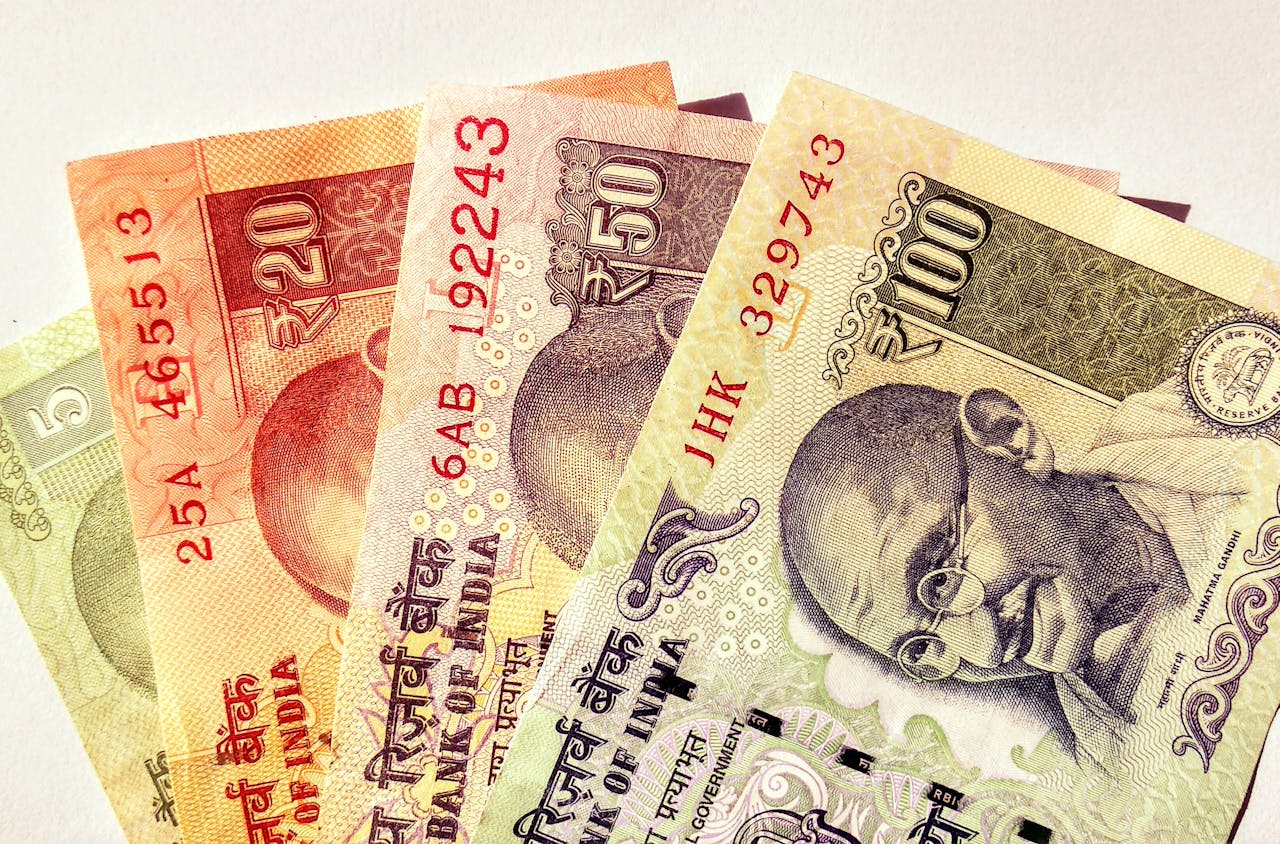The Indian rupee may face headwinds this week as markets brace for the U.S. announcement of reciprocal tariffs, set for April 2. Investors are closely watching the potential fallout on global trade and growth, with currency and bond markets poised for a reaction.
The rupee ended March at 85.47 per dollar, gaining 2.3%—its best monthly performance in over six years—boosted by foreign inflows and corporate activity. Despite outperforming its Asian peers, uncertainty over U.S. trade policy remains a key risk. President Donald Trump is expected to unveil tariffs mirroring those imposed on American exports.
Kotak Institutional Equities projects USD/INR to range between 85–89 in FY2026, with revisions likely after the tariff decision. A Mumbai-based trader noted that the Reserve Bank of India may allow the rupee to depreciate if the dollar strengthens post-announcement.
Meanwhile, India's 10-year government bond yield is forecast to remain in the 6.52%-6.60% range this week, after ending at 6.5823% on Friday. March saw a 15 basis point drop—its sharpest decline in 10 months—driven by strong foreign demand and dovish global central banks. Yields have fallen 47 bps so far this year, the most in five years.
Investor sentiment is buoyed by falling inflation, with retail prices easing to 3.61% in February. This has increased expectations for another RBI rate cut on April 9, following the February easing.
Markets also anticipate reduced government borrowing in H1 FY2025, which could steepen the yield curve. Key data this week includes India’s manufacturing and services PMI, alongside major U.S. indicators like non-farm payrolls and trade data, all of which could shape currency and bond movements.



 Australia’s Trade Surplus Drops to Four-Year Low on Weak Exports, Strong Imports
Australia’s Trade Surplus Drops to Four-Year Low on Weak Exports, Strong Imports  Global Markets Rattle as Trump Unveils Sweeping New Tariffs
Global Markets Rattle as Trump Unveils Sweeping New Tariffs  Dollar Slips as Tariff Tensions Rise, Markets Eye Jobs Report and Fed Speech
Dollar Slips as Tariff Tensions Rise, Markets Eye Jobs Report and Fed Speech  U.S. Imposes 26% Tariff on Indian Imports, Spares Pharma Sector
U.S. Imposes 26% Tariff on Indian Imports, Spares Pharma Sector  Mexico Gains Preferential Tariff Treatment from U.S. Amid Trade Talks
Mexico Gains Preferential Tariff Treatment from U.S. Amid Trade Talks  Trump Imposes 10% Reciprocal Tariffs, Targets China and EU
Trump Imposes 10% Reciprocal Tariffs, Targets China and EU  Singapore Criticizes U.S. Tariffs Despite Free-Trade Deal
Singapore Criticizes U.S. Tariffs Despite Free-Trade Deal  Japan's Nikkei Tumbles as Trump Slaps 24% Tariff on Japanese Goods
Japan's Nikkei Tumbles as Trump Slaps 24% Tariff on Japanese Goods  Magnificent Seven Stocks Slide After Trump’s Tariff Announcement
Magnificent Seven Stocks Slide After Trump’s Tariff Announcement  Gold Prices Climb on Safe-Haven Demand Amid U.S. Tariff Fears
Gold Prices Climb on Safe-Haven Demand Amid U.S. Tariff Fears  Oil Prices Drop Amid Trump’s Tariff Announcement and Rising U.S. Crude Stockpiles
Oil Prices Drop Amid Trump’s Tariff Announcement and Rising U.S. Crude Stockpiles  Oil Prices Slide Further Amid OPEC+ Output Hike and Trump Tariffs
Oil Prices Slide Further Amid OPEC+ Output Hike and Trump Tariffs  Conservative Legal Group Challenges Trump’s New China Tariffs in Federal Court
Conservative Legal Group Challenges Trump’s New China Tariffs in Federal Court 






























